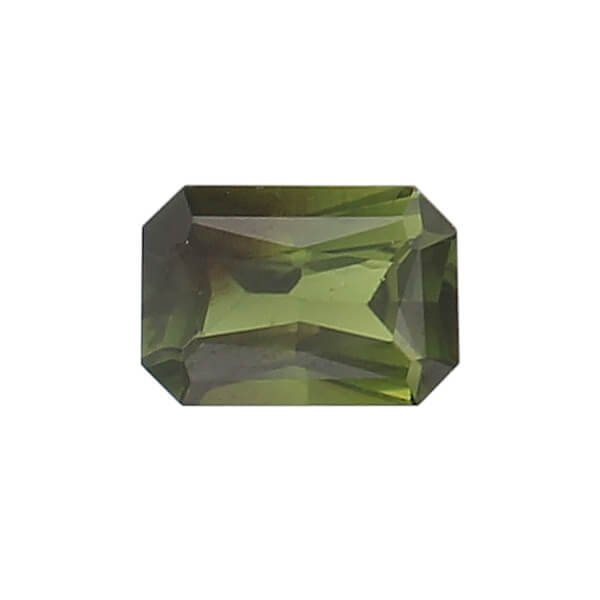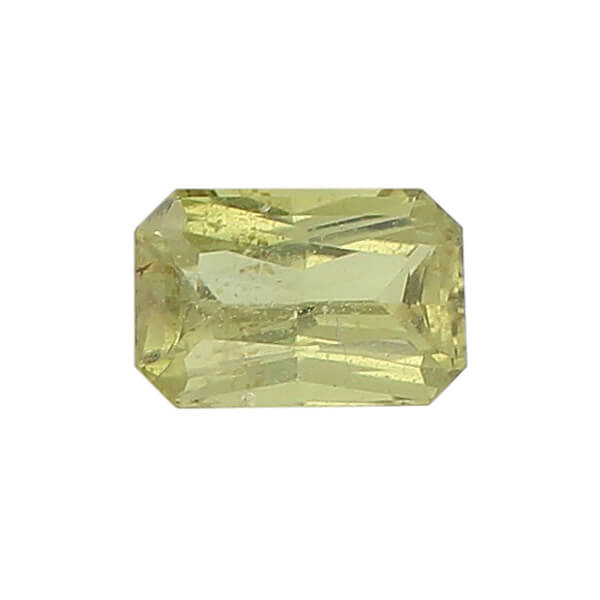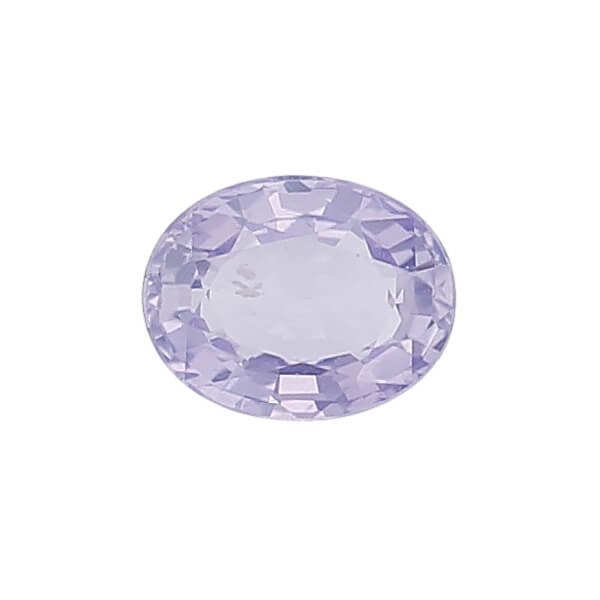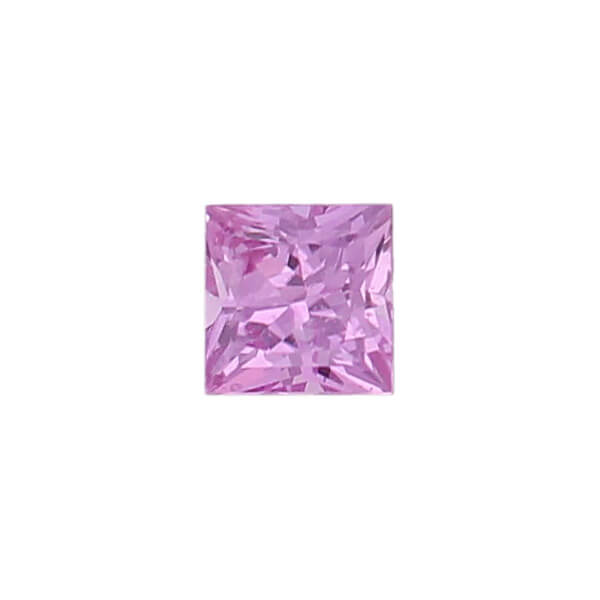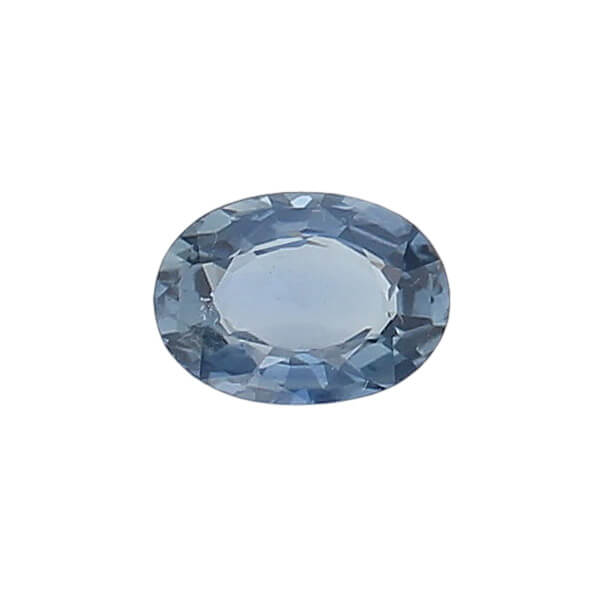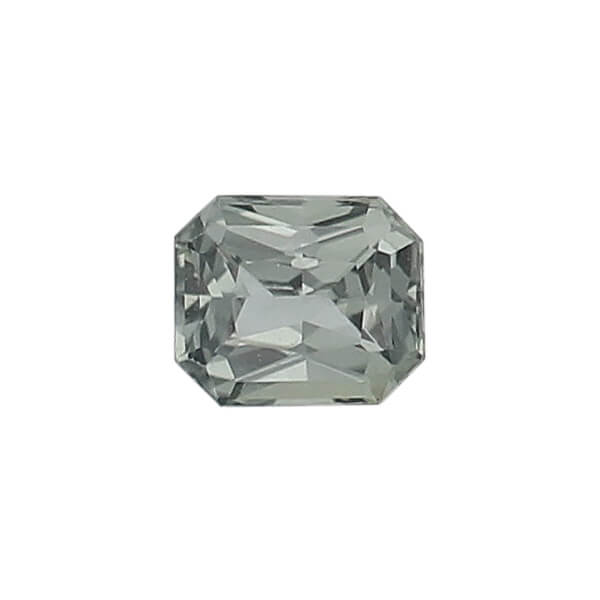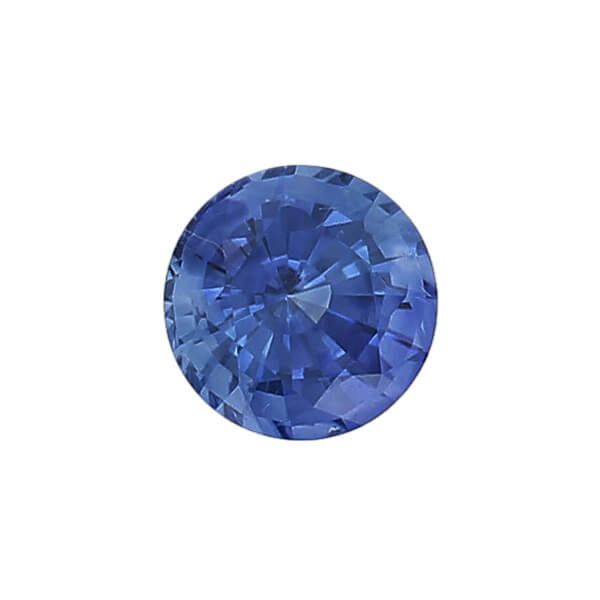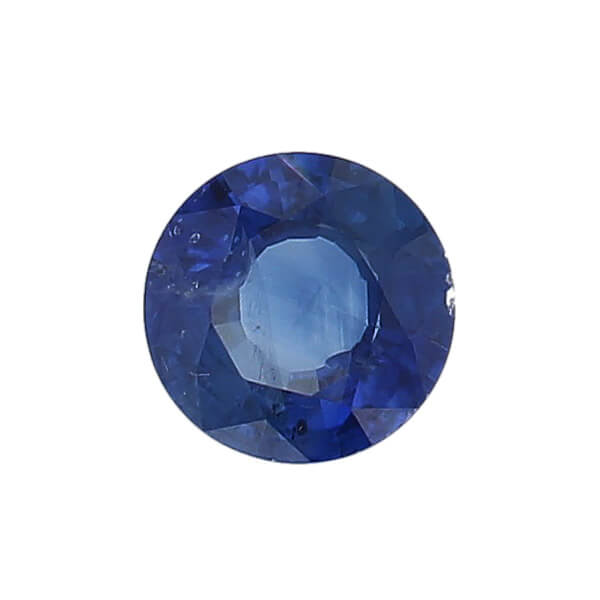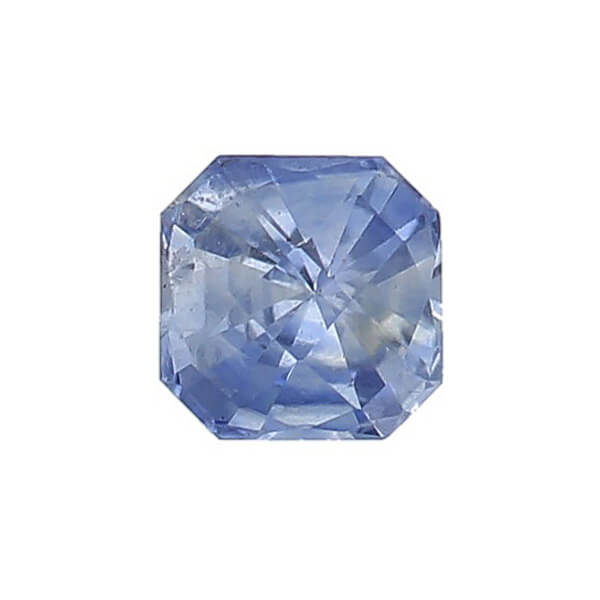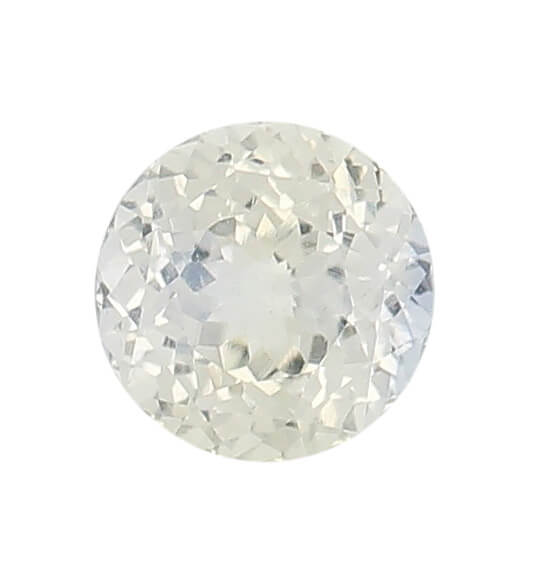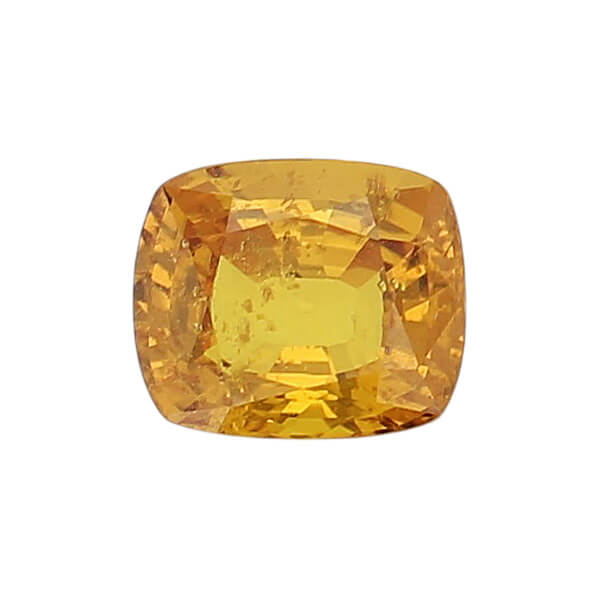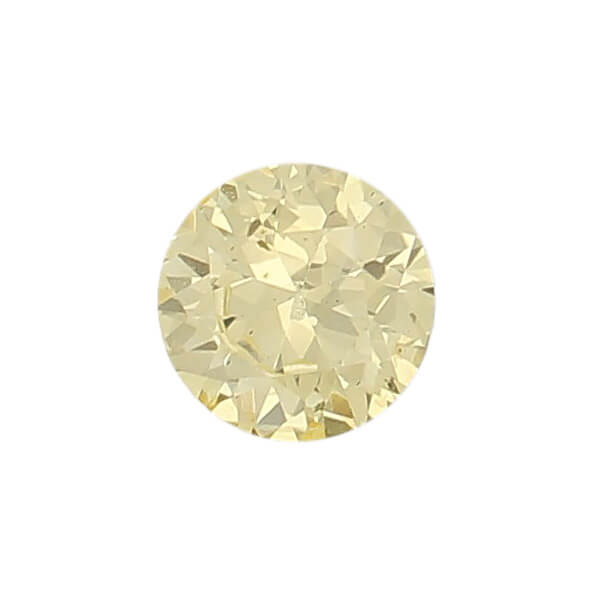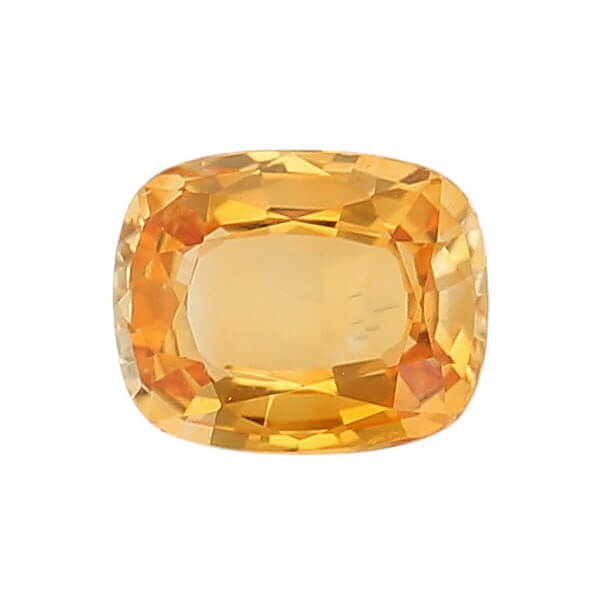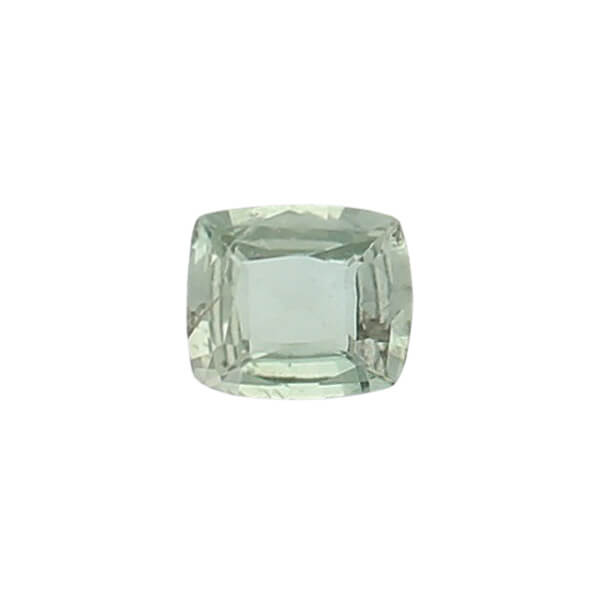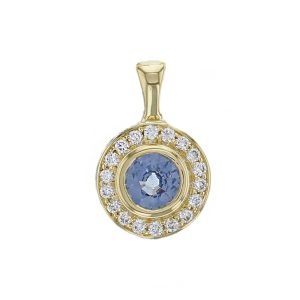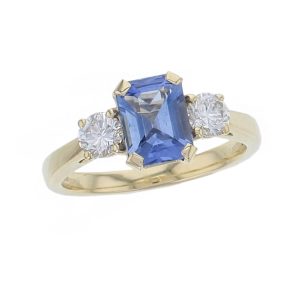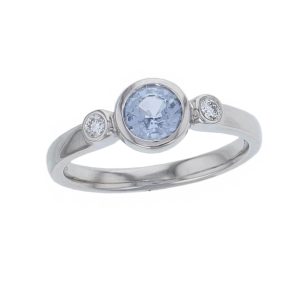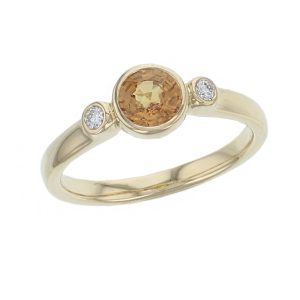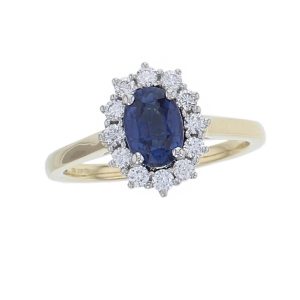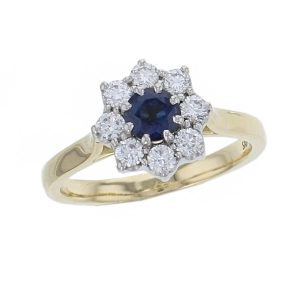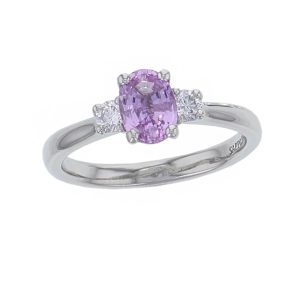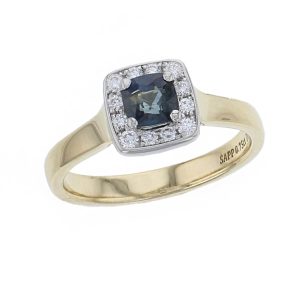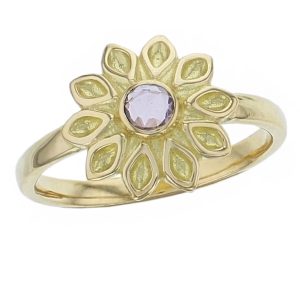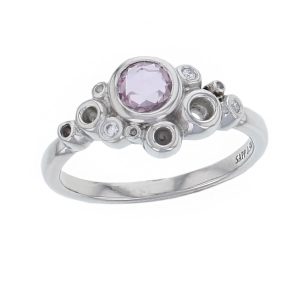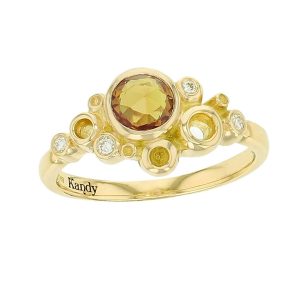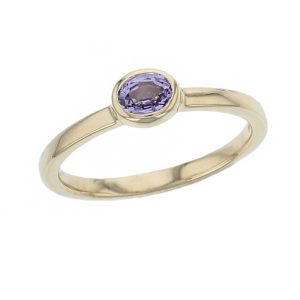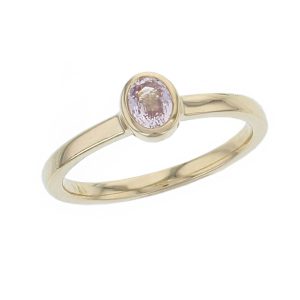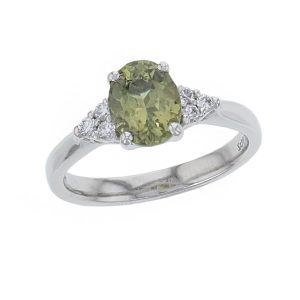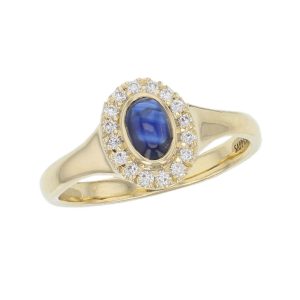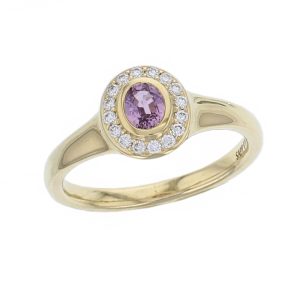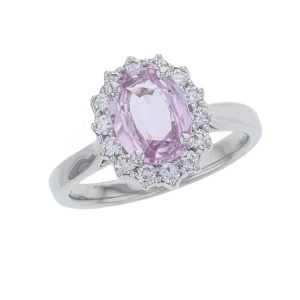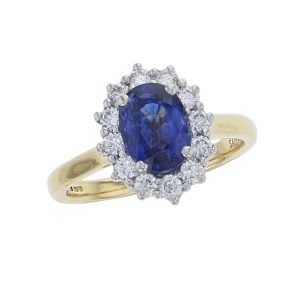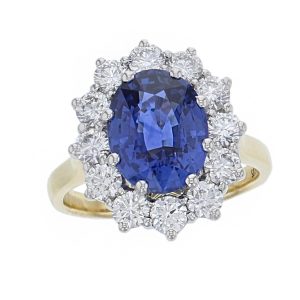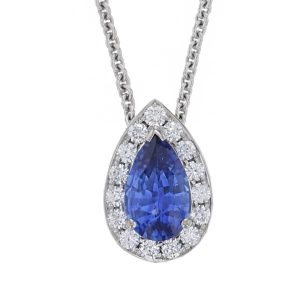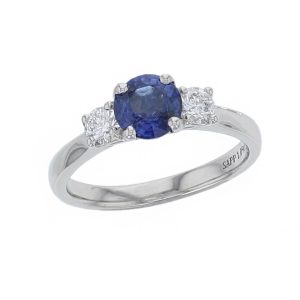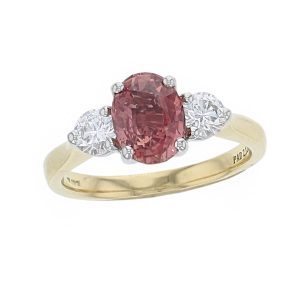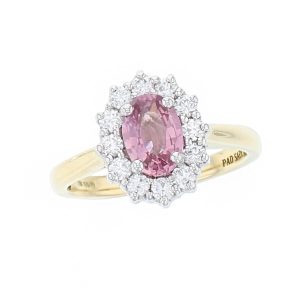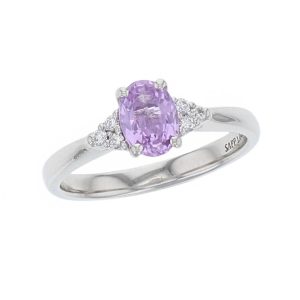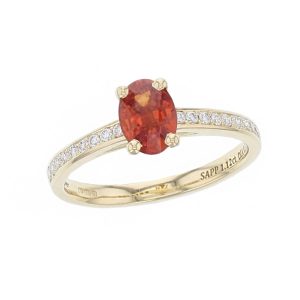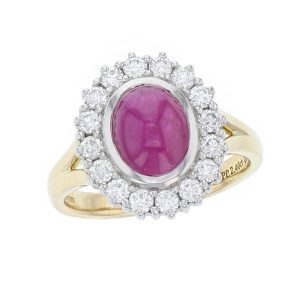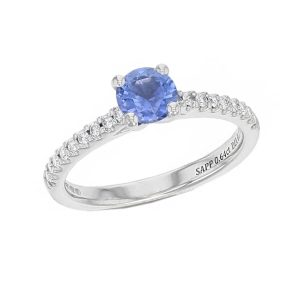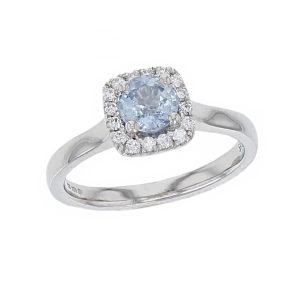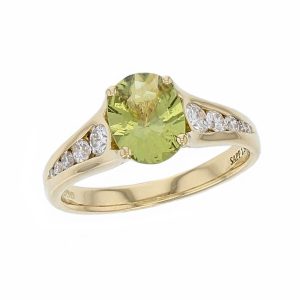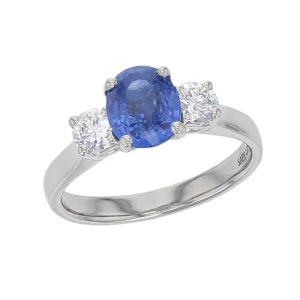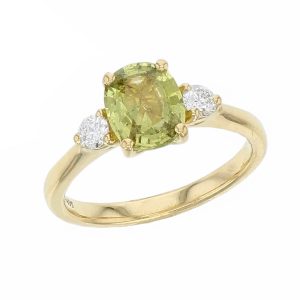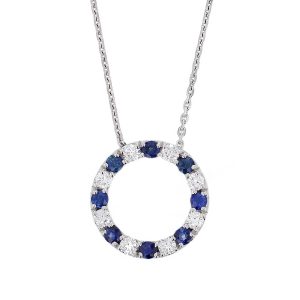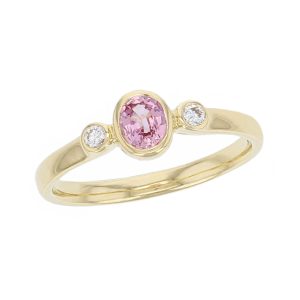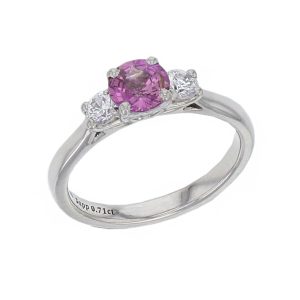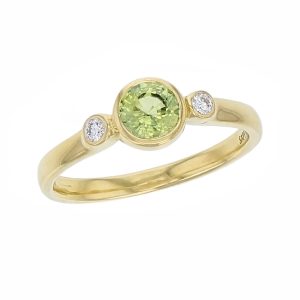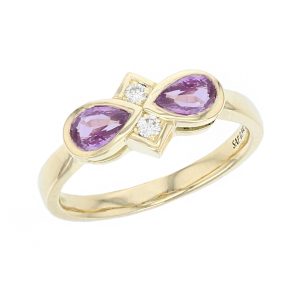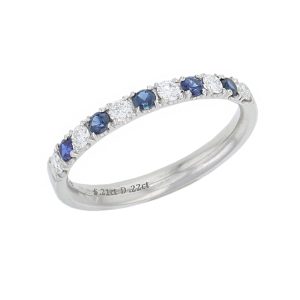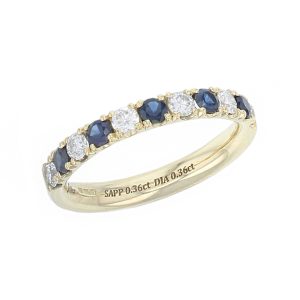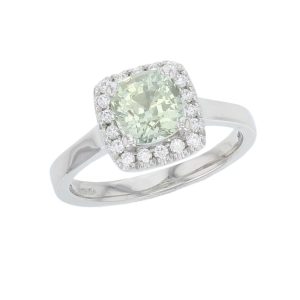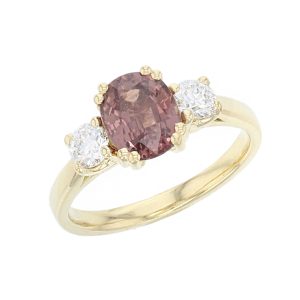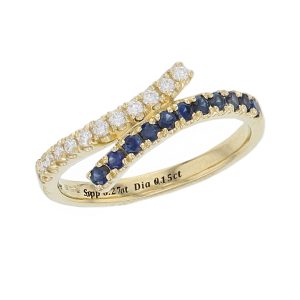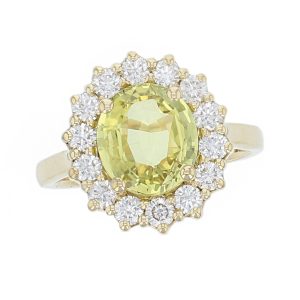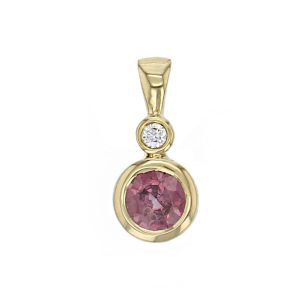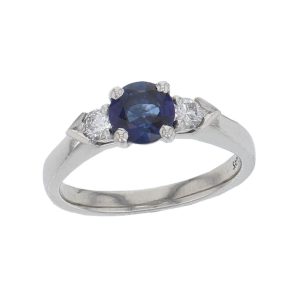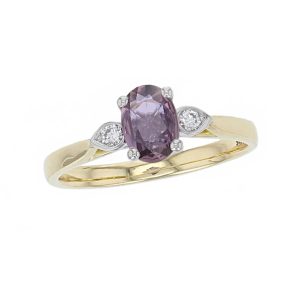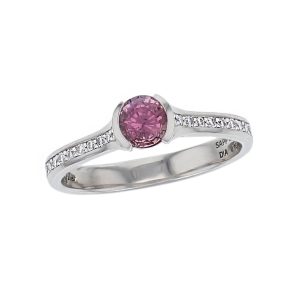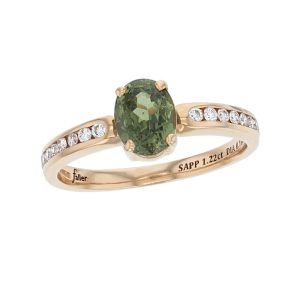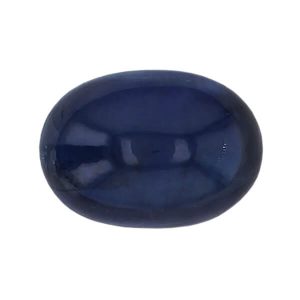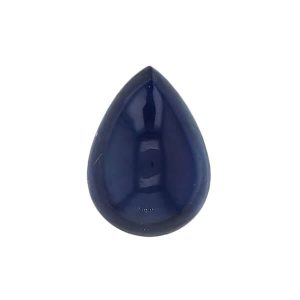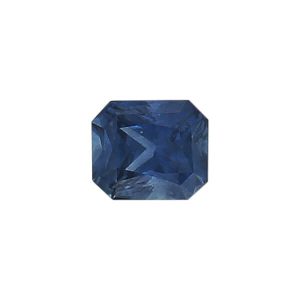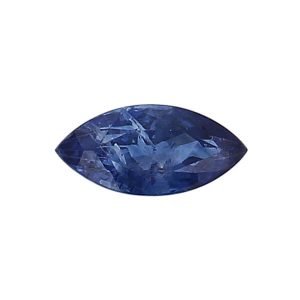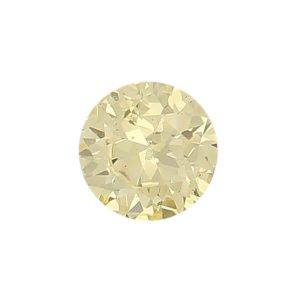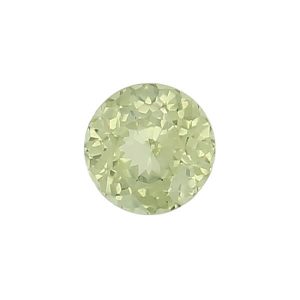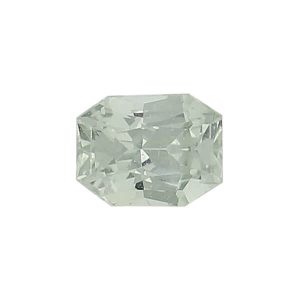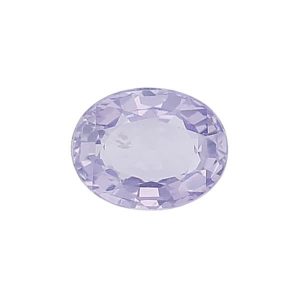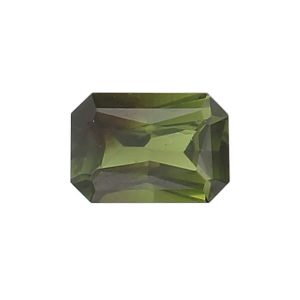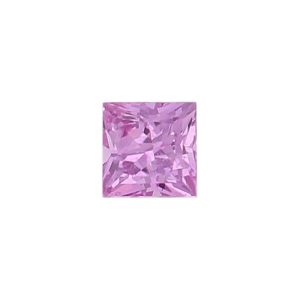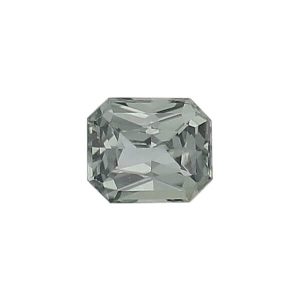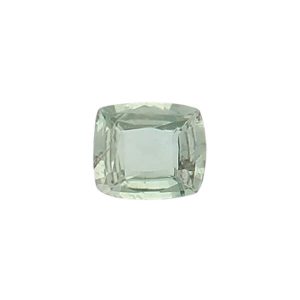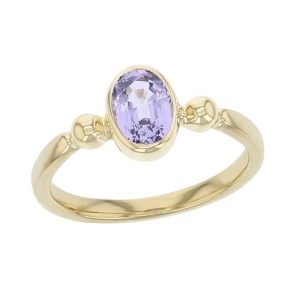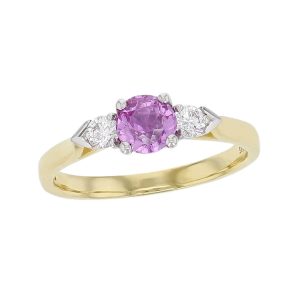-
Colour
Blue sapphire is still the most popular colour. The most desirable blue is the intense, rich pure cornflower blue. The saturation should be as strong as possible without darkening the colour and compromising brightness. Darker or lighter blues are less valuable, though light blue sapphires often have greater sparkle or brilliance than darker blue stones. Many sapphires have pleochroism, (different colours are visible in different crystal directions).
Natural sapphire is mainly pale and light in colour and only a small percentage have vivid and intense colours without some type of enhancement, such as heat-treatment. Colourless sapphires are quite rare. In general, the more intense and even the colour, the more valuable the stone.
Padparadscha sapphire is a very rare sapphire with a pinkish-orange hue. It’s name is derived from the Sinhalese word for “Aquatic Lotus Blossom”, which is an beautiful salmon colour.
They are mainly found in Sri Lanka, as well as Madagascar and Tanzania. Some experts insist that true padparadschas can only come from Sri Lanka, which, for centuries, was the only source of this coveted gem.
Some padparadscha sapphires are not evenly coloured, but rather colour zoned with pink and yellow like a beautiful sunset. Natural padparadschas from Madagascar are usually pale pink with a small trace of orange. Tanzanian padparadschas tend to be more orange and darker and some do not feel they qualify as true padparadschas. Padparadscha value will vary depending on their size and quality. Unheated or natural specimens are especially valuable. Padparadscha sapphire are one of the world’s most expensive gems, with prices similar to those fetched by fine rubies or emeralds.
-
Clarity
Inclusions are common in sapphire which can vary from highly transparent to opaque. Clarity characteristics in sapphire include mineral crystals, partially healed breaks that look like fingerprints, colour zoning (areas of different colours), and colour banding, (areas of lighter and darker shades). Blue sapphires with extremely high clarity are rare and very valuable. Inclusions which reduce transparency generally also lower the sapphire’s value.
-
Cut
Cut varies widely as the shape of a rough sapphire crystal decides the finished stone’s shape and size. Cutters try to achieve the best overall colour by focusing on colour zoning, pleochroism, and the lightness or darkness of the stone while maintaining the best proportions and retaining the maximum weight. Sapphires are cut in a wide range of facetted shapes though ovals, cushions, and rounds are most common. Cabochons cuts are mainly used in translucent stones or for stones with visible inclusions. Sapphires that have the optical phenomenon of asterism (the star effect caused by the intersection of needle-like inclusions) are always cut as cabochons.
-
Spiritual & Health Benefits
Sapphires are a symbol of innocence, longevity and a talisman for good health. The stone represents prosperity, beauty and inner peace – all of which are wonderfully symbolic gifts to wish upon a couple after 45 years of marriage.
-
Care
Sapphire is the hardest of all gemstones, but it does still require some care. Remove sapphire jewellery when exercising, cleaning, playing sports or engaging in vigorous physical activities. Sapphire can easily scratch other gems or precious metals so avoid direct contact with other jewellery by storing them separately.
Warm soapy water and tissue or a soft cloth can be used to clean sapphire jewellery. Be sure to rinse the stones well to remove all soapy residue. Also, ultrasonic cleaners won’t harm sapphire so they are ideal for removing dirt embedded around your sapphire settings.
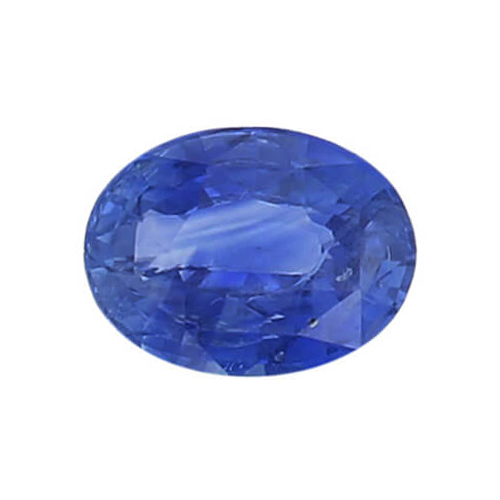
Sapphire
Sapphire is the birthstone for September, the gem for the zodiac sign Virgo and is linked with the 5th, 7th, 9th, 10th, 23rd, 45th and 65th wedding anniversaries.
A popular choice in jewellery due to its exceptional brilliance, range of colour and hardness (9 on Moh’s scale) While most commonly thought of as blue, sapphire actually occurs in a wide range of colours, including pink, purple, orange, yellow, green and brown. (Sapphire is every colour of the mineral corundum except for red, which is ruby.)


